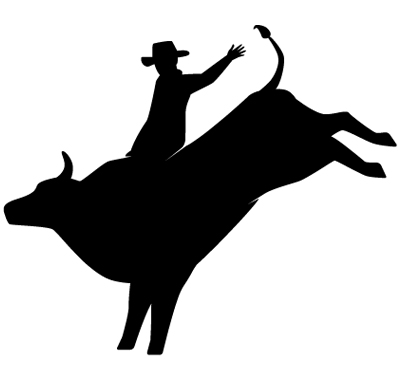flank strap
What Is The Definition Of Flank Strap In Rodeo?
A flank strap in rodeo is a type of strap that is used to encourage bucking, rearing, and kicking from a bull or horse.
Typically, they are fleece-lined, sheepskin-lined, or padded leather straps. Rodeo rules are strict concerning the placement of these straps, and they must contain a quick-release buckle. These straps are the source of protest from animal rights groups, and their purpose is often misconstrued. They cannot cut or contain sharp points that harm the animal, and they are not placed on an animal’s groin. Because rodeo events judge both the cowboy and the animal, it’s not in the rider’s best interest to harm them in any way.
Where Is The Flank Strap Placed On An Animal?
Placement is dependent on the animal and the rodeo event. For bulls, the strap is placed just in front of the animal’s back legs, and the goal is to promote kicking and bucking. On a horse, the strap goes around the flank, the area between the ribs and hip, and is where the name of the strap is derived.
How Does The Flank Strap Work?
As the animal waits for the chute to open, a flank strap is loosely fitted to his body. Contrary to what some protestors say, the flank strap is not fitted around an animal’s genitals. Once the gate opens, the strap is pulled tightly, and as the strap tightens, the animal understands it is time to start bucking. Each strap is tightened to a limit based on the animal so that the animal is not harmed.
Examples Of How Flank Strap Is Used In Commentary
1. As the gate to the chute opened, the bronco’s flank strap began to pull tighter, thrusting both rider and beast into the arena.
Sports The Term Is Used
1. Rodeo